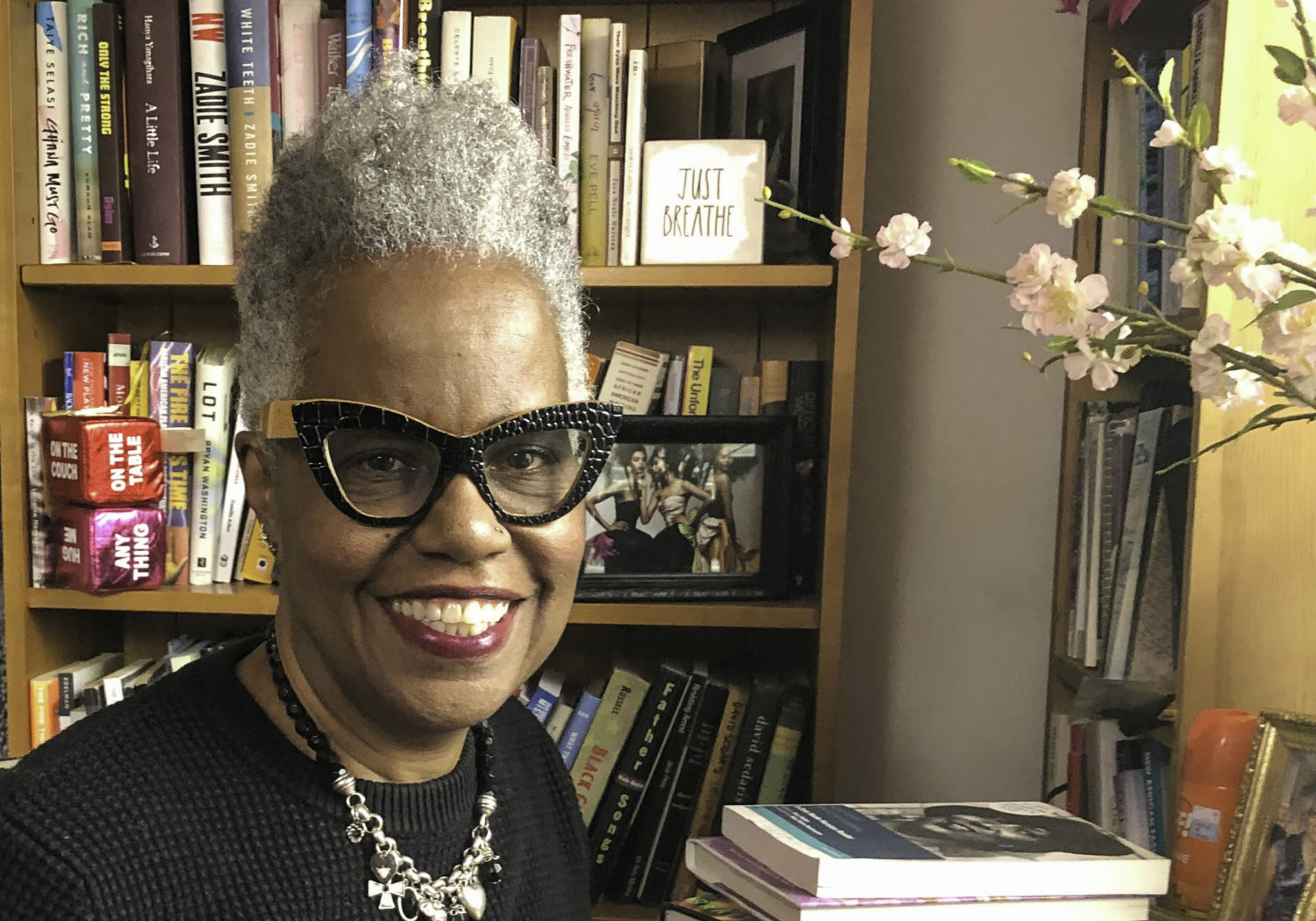How embracing the oneness of mentor and disciple created a path for me to pursue my dream career.
by Tricia Elam Walker
Takoma Park, Md.
My first proof of this Buddhist practice working was when I changed the dynamic of my relationship with my ex-husband. In the midst of our separation, he had threatened to take our 4-year-old son from me. I was angry and afraid, yet my seniors in faith encouraged me to chant Nam-myoho-renge-kyo for my ex-husband’s happiness. Why should I? I thought. He’s making my life miserable. It didn’t feel sincere at first, but as I chanted about it, I realized that if he were truly happy, he wouldn’t have acted out in the way that he did.
Ultimately, in a very short time, he stopped harassing me, started talking to me respectfully and even began paying child support. I was stunned and convinced that if I could turn that situation around, this Buddhism was for me.
In the early years of my Buddhist practice, chanting helped me pull forth the courage to admit that although I had practiced law for 16 years, I didn’t love it. I had always loved writing but was afraid to be a writer. I worried that I might fail.
With my Buddhist practice, I now felt I could do it. As a working lawyer and single mother to two, while pregnant with my third child, I began my master’s studies in creative writing in 1991. In the five years I spent in school, chanting consistently kept me rooted.
Whenever I had difficulties, and no matter how much I complained about things, my SGI leader would warmly and patiently say to me: “Tricia, you don’t understand the power of the Gohonzon. Go back and chant.”
Although my professional life necessitated plenty of reading and complex ideas, my eyes glazed over when it came to Buddhist study—nothing stuck. It took me years to understand the words from Nichiren Daishonin that believing in a “single phrase or verse” can make a difference (see “The One Essential Phrase,” The Writings of Nichiren Daishonin, vol. 1, p. 922).
Looking back, I see clearly how basing my life on the words of SGI President Ikeda did make all the difference, allowing me to successfully graduate from school and pursue my dream as a writer.
Looking back, I see clearly how basing my life on the words of SGI President Ikeda did make all the difference.
I had struggled with the concept of mentor and disciple for years, and thought I could practice without it. I didn’t understand how to closely connect with someone I would likely never meet in person. Over time, I witnessed how expansive the lives of other members, particularly youth, became when they fully accepted and lived based on the oneness of mentor and disciple. Their lives opened up, and they practiced with such joy; I wanted to have what they were having!
This became especially clear in 2012, when I moved to Boston to support my aging parents. A part of me felt angry that I had to leave my Buddhist community in D.C., where practicing was so fulfilling. I no longer felt I was in the driver’s seat of my life, especially when I began commuting back to D.C. every week for three years (2015–18) for a new job. When I sought guidance, I was encouraged to “lower the banner of [my] arrogance” (“Embracing the Lotus Sutra,” WND-1, 59) and seek Sensei. Reflecting on these words, I understood that I was standing in my own way to happiness. I needed to stop overthinking things in my mind and instead rely on the strategy of the Lotus Sutra.
As a first step, I sincerely chanted to understand the oneness of mentor and disciple. Praying this way allowed me to pry open my closed mind, and I was finally able to see President Ikeda’s huge heart and boundless wisdom. I realized the depth of his care for the members, for me and my life, and felt moved to write him memos to connect. His example of overcoming unimaginable obstacles and beginning to write The New Human Revolution series at age 65 inspired me deeply.
In Soka Education: For the Happiness of the Individual, Sensei writes:
You must never slacken in your efforts to build new lives for yourselves. Creativeness means pushing open the heavy door to life. This is not an easy struggle. Indeed, it may be the hardest task in the world. For opening the door to your own life is more difficult than opening the doors to the mysteries of the universe. (pp. 209-10)
Now, at age 66, I am a tenure-track professor of creative writing at Howard University. I have written and produced plays, short stories and essays. And in this significant year of 2020, the first of my two children’s books will be published by Random House, and I’m also completing my second novel.
I realize that striving to embrace the mentor and disciple relationship was the impetus for my human revolution, and the key to “opening the door” to a boundless life.
You are reading {{ meterCount }} of {{ meterMax }} free premium articles

